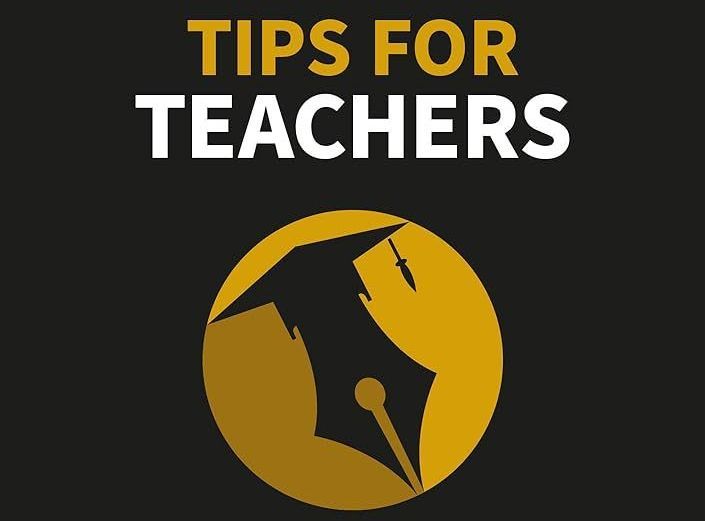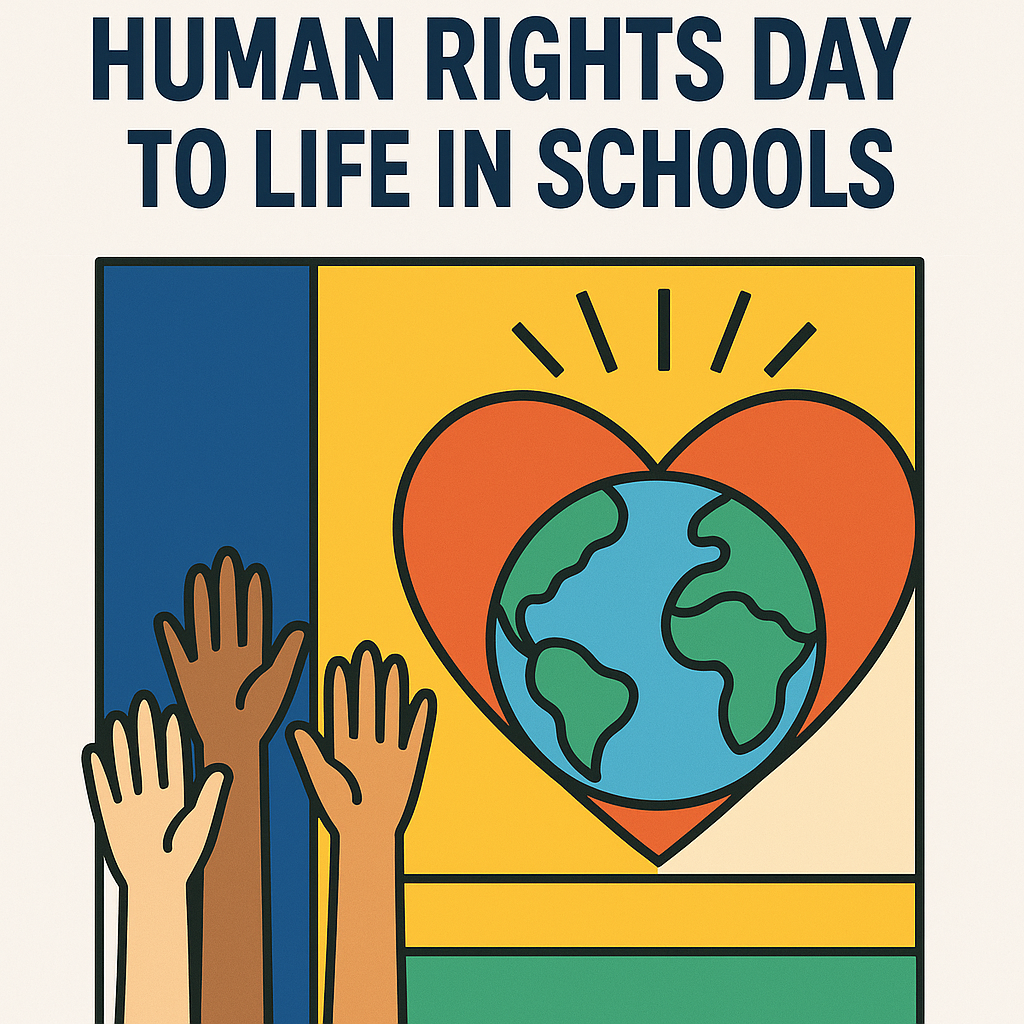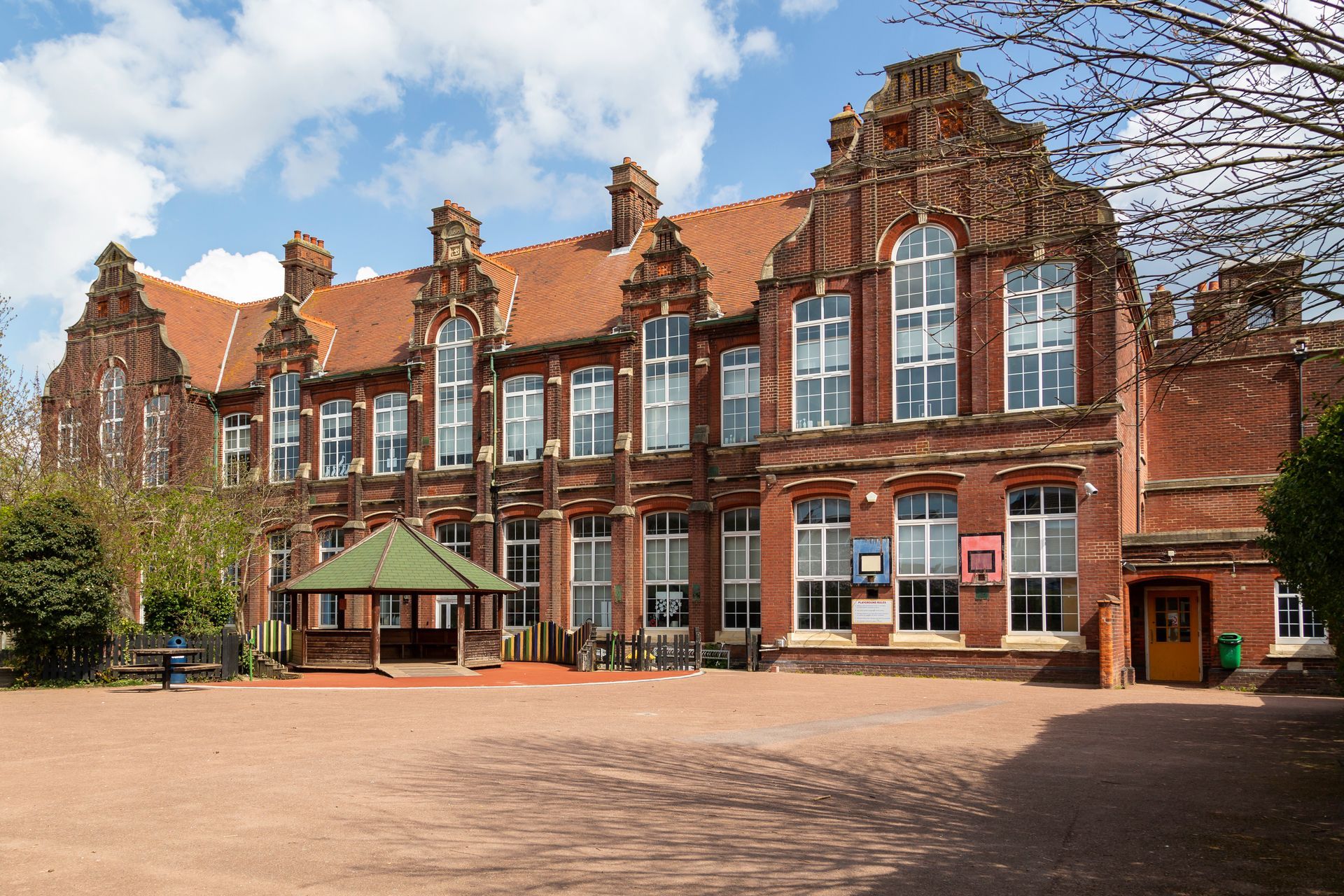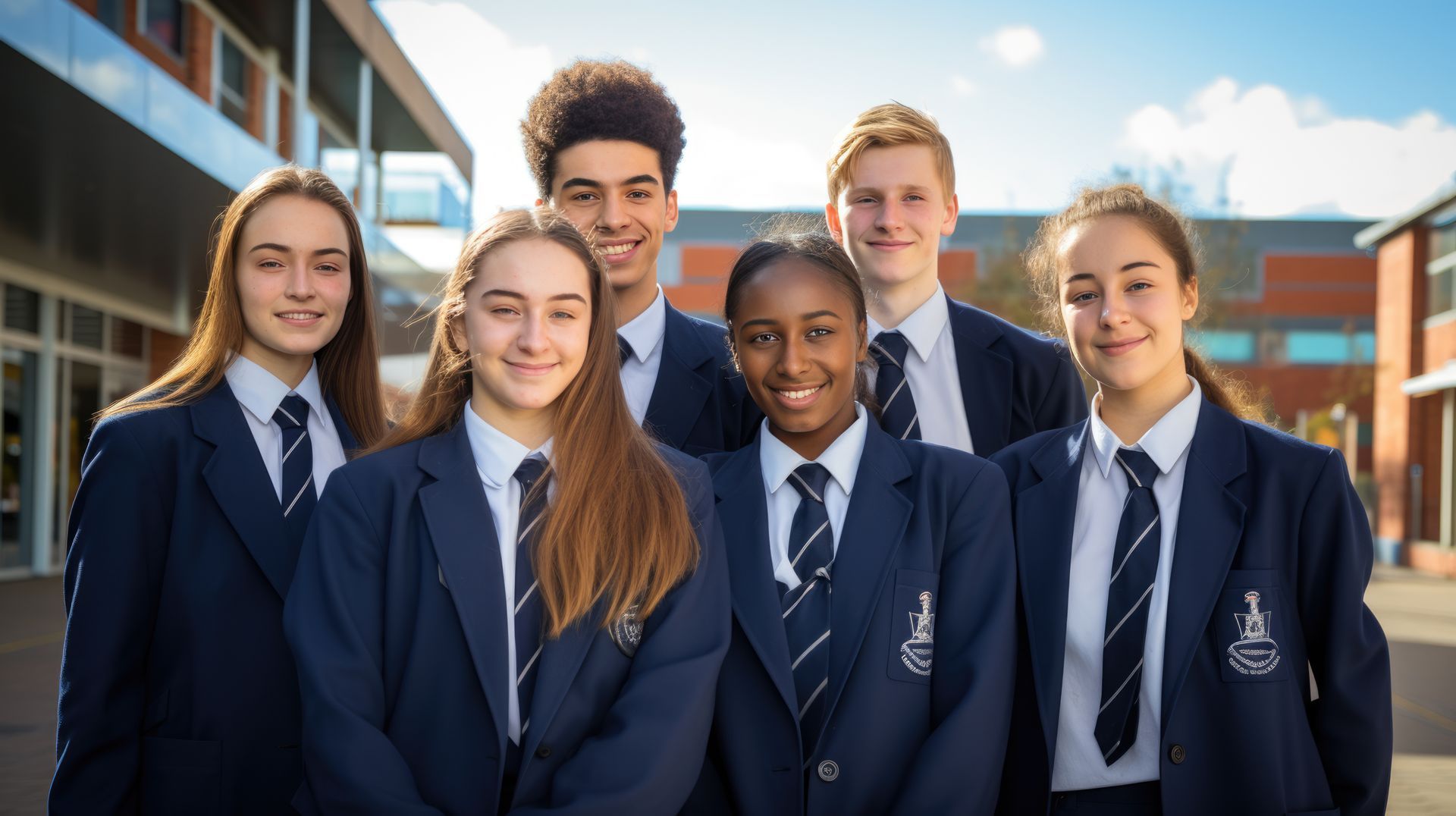Tips for teachers -1
Book - Tips for teachers. 400+ ideas to improve your teaching.
Author - Craig Barton

The more i watch successful teachers, the more i appreciate the importance of habits and the classroom routines built upon these habits. Over the last year i have visited classrooms where routines have been established for.
• Stepping into the Learning Arena
• Distributing Knowledge Portals (books)
• Laying out Learning Tasks
• Navigating Challenges when Stuck
• Advancing Beyond Completion
• Posing Inquiries
• Responding to Curiosities
• Independent Exploration
• Duo Discoveries
• Collective Inquiry
• During Demonstrated Insights
• Utilizing Thought Boards (mini-whiteboards)
• Delving into Diagnostic Queries
• Repetitive Learning Frameworks across Diverse Themes.
Assess your routine readiness for the above. These routines are pivotal for three reasons:
Routines Harness Time: A precious asset. When learners transition into the classroom, distribute books, and arrange their tasks in a standardised manner each session, efficiency blossoms, freeing up more time for the core mission - learning.
Routines Foster Focused Thought: Beyond time-saving, routines spare cognitive resources. Once a routine is a well-worn path, it requires less mental navigation.
• Not burdened with the 'Do Now' layout, learners can channel their energy into unravelling it.
• Unencumbered by the method of addressing a diagnostic query, learners can delve deeper into the essence of the answer and its articulation to peers.
Amid a teacher-illustrated example, without the distraction of the process, students can immerse in the essence of the demonstrated insight, striving for understanding.
Routines shift the cognitive spotlight from the process to the content, echoing the Cognitive Load Theory by mitigating 'extraneous load', liberating the learners' finite attention for profound engagement with the core material while enabling educators to guide that focus adeptly.
Routines Amplify Teacher Presence and Responsiveness: The scripted aspects also unclutter the educator's mental space:
• Unbound by the need to elucidate the 'Do Now' structure anew, educators can roam the classroom to gauge comprehension.
• Regular engagement with diagnostic inquiries sharpens the focus on student reactions, refining responsive actions.
• Consistent delivery of work examples enriches the clarity of illustration.Variety, the Learning Spice?
Instinct may champion variety. Yet, a rigid routine juxtaposed with a vibrant curriculum keeps monotony at bay. While today's lesson unveils equivalent fractions, tomorrow elevates complexity, and the ensuing week applies these fraction insights to probability puzzles. The risk of cognitive overwhelm looms if routines oscillate with the subject matter.
Routines stand as the steady scaffolding amidst the evolving content landscape, channelling learners' attention to the heart of the educational voyage.















